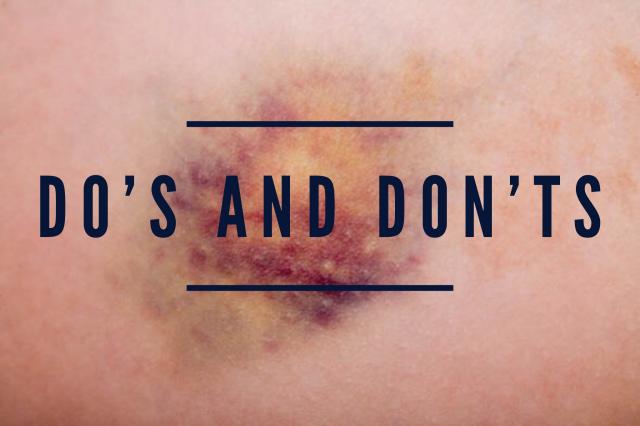A landing page is a web page designed to elicit a particular response from a visitor of a site. Whether you want your readers to subscribe to a newsletter, buy a product, or join an email list, the best landing pages keep visitors engaged and lead them gently toward your desired action.
While the product you’re promoting or the action you seek will shape your content and design, good landing pages share some crucial elements that increase conversion. The following list of do’s and don’ts will help keep your audience focused and improve your landing pages.
Do’s and Don’ts for the Best Landing Pages

Do make an obvious connection between the headline of your landing page and the page or ad that got the visitor there. If the language used in your headline doesn’t match the ad copy the reader clicked, she may think she’s arrived at the wrong location. Landing pages should keep readers engaged with coherent transitions between ads and ordering pages.
Don’t provide opportunities for viewers to click away in search of additional information. If you want to build in links for buyers who need more detail to feel secure about making a purchase, consider using a “Learn More” button that links to a pop-up and keeps the potential buyer on the landing page.
Do use testimonials or quotations from product reviews in a prominent place on your landing page. Depending on the testimonials available to you, you can place a phrase of praise at the top of the page as a headline or introduction. Obviously, if you are lucky enough to have a quote from Time Magazine or a rave review from Bill Gates, positioning that copy above the fold can improve your conversion immensely.
Don’t include irrelevant or distracting information above the fold (the part of the screen the viewer can see before scrolling down the page). This section is as valuable as Manhattan real estate and should not be cluttered with elements that appear elsewhere on your site. The best landing pages exclude log in areas and links to other sections of the site.
Do use short paragraphs and leave some white space on your page. Research on user behavior shows that viewers are less likely to read dense looking text and paragraphs longer than six lines. Presenting the reader with less demanding looking copy can increase your conversion rate.
Don’t use graphics or audio and video elements indiscriminately. Although the internet is a visual, interactive medium, graphics and videos won’t work for every product or service offered by an online business. In addition, graphic elements that slow the load time of your page gives potential customers another reason to click away.
Do make an “Order Now” or “Add to Cart” button visible to the viewer from anywhere on the landing page.
Don’t focus on yourself or your site’s achievements in the copy of your page. The best landing pages tell the reader what a product or service can do for him right now today. The best copy personalizes the message by using second person singular (you and your), rather than I and we statements.
Do test your instincts about the most effective landing page design. If you know your target market well, you will likely also know when to turn all the rules upside down. For example, if you think your readers prefer a straightforward list of product specs and prices, you can test your theory by monitoring the traffic stats and conversion rate of the page.
Designing a great landing page for your site requires some planning and thought. But seeing the process from a potential buyer’s perspective will guide your content and design decisions. Presenting your visitor with readable copy, minimizing distractions, and telling the visitor what your product can do for her will streamline the process and increase landing page conversions for the products and services you offer online.

Delhi Courses Academy is a leading institute offering the best digital marketing course in Delhi, known for its practical training, affordable fees, and industry-focused curriculum. With 15+ certifications, 100% placement assistance, and hands-on projects, it prepares students for real-world challenges.

